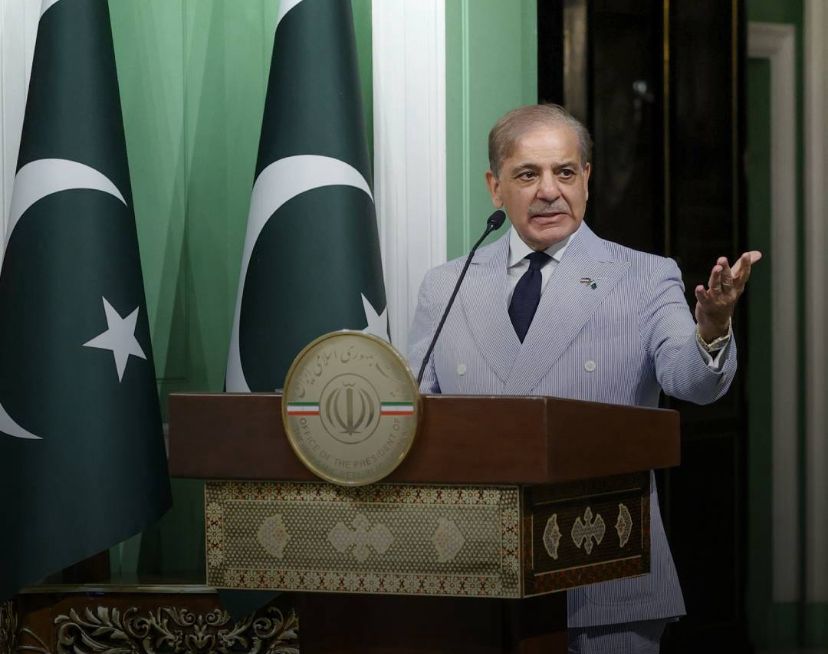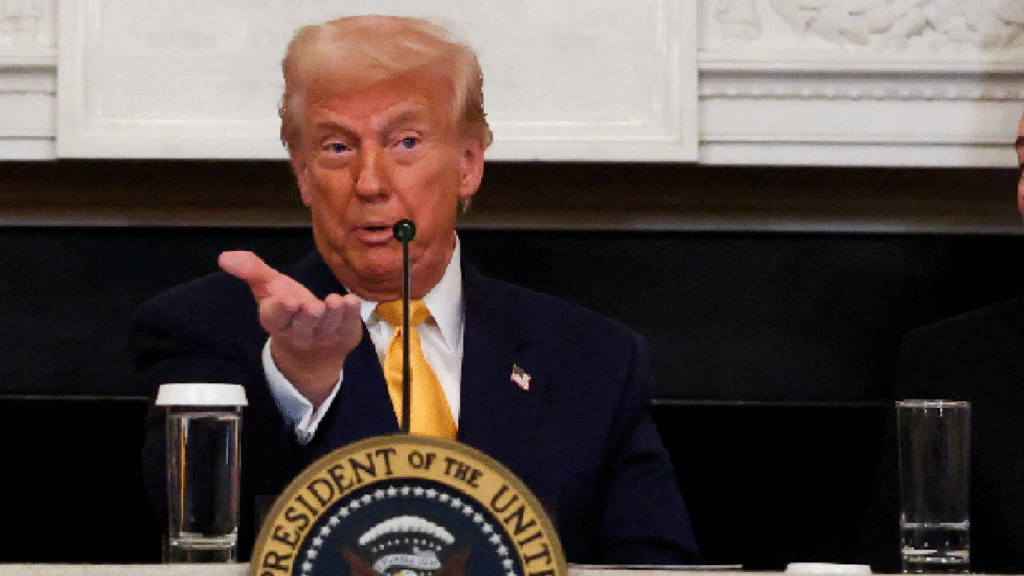The ADB has approved an $800 million bailout for Pakistan, sparking strong objections from India over fears of terror financing. The move follows rising tensions after the Pahalgam attack.

Introduction
Yesterday, on June 3, 2025, the Asian Development Bank (ADB) gave the green light to an $800 million bailout package for Pakistan—a decision that didn’t sit well with India, which raised serious concerns about terror financing and the potential misuse of these funds. Hot on the heels of this move, it’s worth recalling that just last month, on May 9, 2025, Pakistan secured a $1 billion disbursement from the IMF under its Extended Fund Facility.
India’s unease is hardly surprising, especially after the devastating Pahalgam terror attack on April 22, 2025, in Jammu and Kashmir, where 26 lives—mostly tourists—were lost. New Delhi pins the blame squarely on Pakistan-backed terrorism and worries that this kind of financial aid might end up fueling activities that threaten the region’s stability. History, they argue, backs up their fears.
Inside the ADB’s $800M Bailout Package for Pakistan
The package, formally dubbed the “Improved Resource Mobilization and Utilization Reform Program, Subprogram 2,” is meant to shore up Pakistan’s fiscal sustainability and strengthen its public financial management. It’s split into two key parts: a $300 million policy-based loan to overhaul tax policy, administration, and compliance, and a guarantee of up to $500 million to help Pakistan tap into another $1 billion from commercial banks—all aimed at keeping the country’s finances afloat.
Beyond that, the program sets its sights on boosting tax collection, tightening up public spending, pushing digitalization, encouraging investment, and giving the private sector a lift. The endgame? To trim Pakistan’s fiscal deficit and public debt while carving out room for social and development priorities. It’s no small commitment, especially considering the ADB’s deep ties with Pakistan—over $52 billion in loans, grants, and other support since 1966.
Pakistan’s Troubled History with International Aid
India has been vocal for years about what it sees as Pakistan’s troubling habit of misusing international aid, particularly to bankroll terrorism aimed at its neighbor. It’s unsettling to think that several UN-listed terrorist groups still operate freely within Pakistan, pulling in funds through everything from outright support and public campaigns to exploiting non-profits and dabbling in crime. Take Lashkar-e-Taiba (LeT), for instance—led by Hafiz Muhammad Saeed, a designated terrorist who’s been tied to attacks in India, including Jammu and Kashmir, despite global sanctions.
What’s more, there’s a curious trend that’s hard to ignore: when IMF funds flow into Pakistan, its arms imports tend to spike. Looking back from 1980 to 2023, data shows a 20% jump in arms purchases in years when IMF disbursements hit. It’s enough to make you wonder if aid meant for economic fixes is instead beefing up military muscle. History offers little comfort here—reports suggest US aid, originally for counter-terrorism, has at times been rerouted to weapons aimed at India. Pakistan’s own Defence Minister, Khawaja Muhammad Asif, didn’t shy away from the truth in April 2025, admitting the country backed terrorist groups for three decades, thanks to US-led policies from the Soviet-Afghan War through the post-9/11 years.
India’s also quick to point out Pakistan’s shaky record with the Financial Action Task Force—failing to lock down assets of UN-designated terror outfits—and its spotty follow-through on economic reforms tied to aid. With a shrinking tax-to-GDP ratio, dwindling reserves, and inflation running wild, Pakistan’s economic struggles are plain to see. Add in the military’s heavy hand—think entities like the Special Investment Facilitation Council—and transparent governance starts looking like a tall order.
Why International Organizations Keep Supporting Pakistan
Even with India laying out its case in detail, the ADB and IMF aren’t backing off from supporting Pakistan. Officially, it’s all about fostering economic stability and development—critical steps, they say, to head off a humanitarian disaster and keep peace in the region. Pakistan’s economy is on thin ice, with barely any foreign reserves and inflation through the roof. If it collapses, the fallout could ripple across South Asia, a region that carries serious geopolitical weight.
From where India stands, though, this aid feels like a double-edged sword—potentially propping up Pakistan’s alleged terrorism habit and putting India’s security at risk. Money’s funny that way; even if it’s tagged for development, it can free up cash for military moves or worse. Case in point: Pakistan’s planning an 18% hike in defense spending to over Rs 2.5 trillion for 2025-26, right as tensions simmer after Pahalgam. That focus on guns over butter doesn’t exactly ease worries.
Some observers reckon bigger players, like the United States, might have their own agendas here. Keeping Pakistan afloat with aid lets them hold sway over a country that’s perfectly placed—geographically and politically—to matter. It’s a handy lever for things like counter-terrorism or regional balance. Meanwhile, the India-Pakistan standoff could nudge India to bulk up its defenses, maybe with a shopping spree from the US. With a 2024 defense budget of $86 billion—leagues ahead of Pakistan’s $10 billion—India’s already modernizing fast, snapping up Rafale jets and nuclear subs. The US, a top arms dealer to India, cashes in on that demand, as past sales of planes and missiles show.
Sure, it’s a bit of a theory, but it shines a light on South Asia’s tangled geopolitics. The US has a track record of arming Pakistan too—remember the $450 million F-16 deal in 2022? India called it out as more likely to target them than terrorists. Critics say this mix of military and financial aid might just be padding Pakistan’s military clout instead of pushing real economic change. Indian diplomats aren’t holding back, slamming the IMF for weak oversight and hinting that Western powers might care more about their own plays than the region’s safety.
Conclusion: The Need for Accountability in Aid Distribution
India’s got every reason to be wary of the ADB’s $800 million lifeline to Pakistan, given a past riddled with aid misuse and a terror threat that won’t quit. New Delhi’s pushing hard for the world to set up tough monitoring to make sure this cash sticks to its development script and doesn’t veer off into troublemaking. As South Asia’s geopolitical chessboard keeps shifting, the trick is finding a way to support Pakistan’s economy without letting accountability slide—only then can real progress and peace stand a chance.
Key Citations
- ADB Approves $800 Million Program to Boost Pakistan’s Public Finance
- Pakistan Gets Loan Package from Asian Development Bank Despite India Objections
- US Department of State 2022 Country Reports on Terrorism: Pakistan
- India 5th Largest Military Spender; Expenditure 9 Times More Than Pakistan
- India Wants Pakistan Back on Anti-Terror Watchdog Grey List
- Pakistan Military Misusing US Aid
